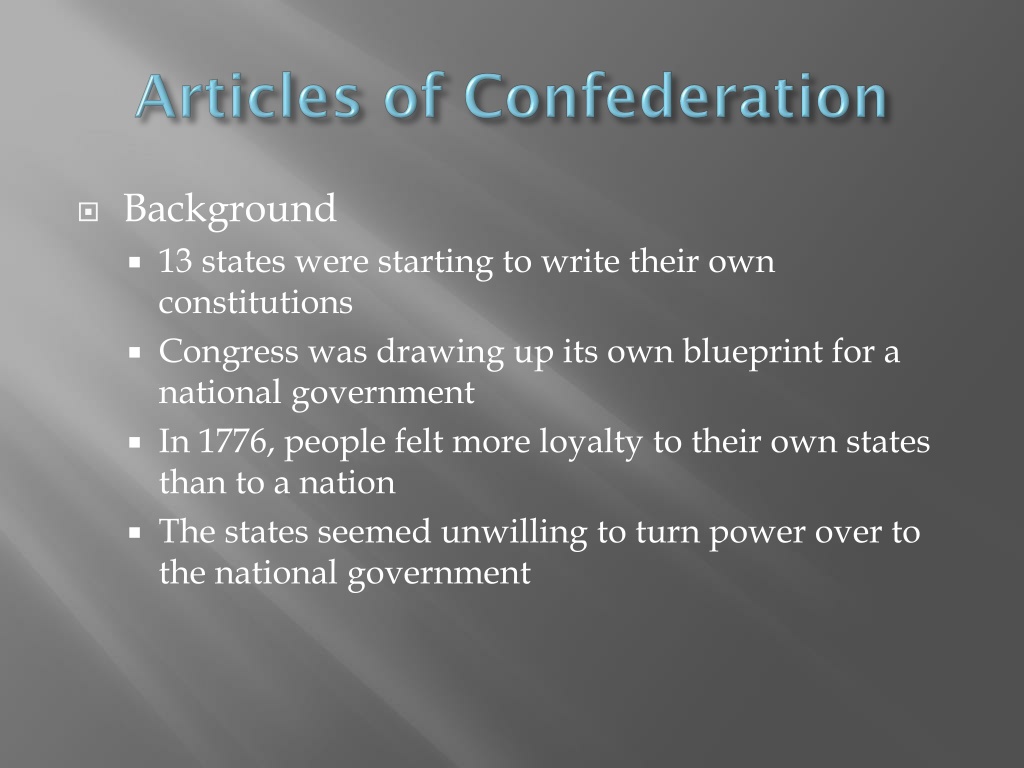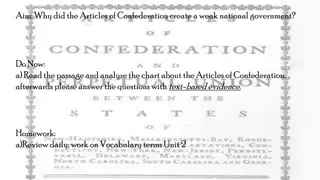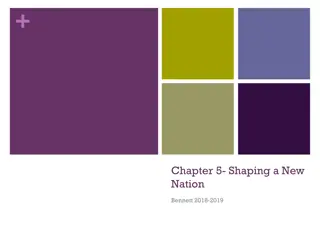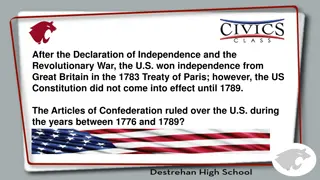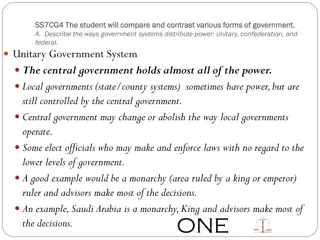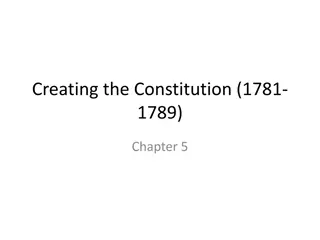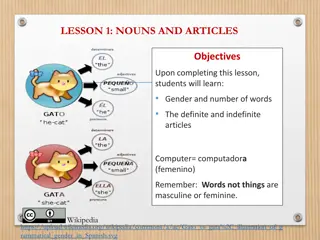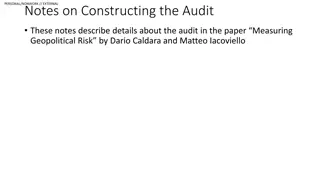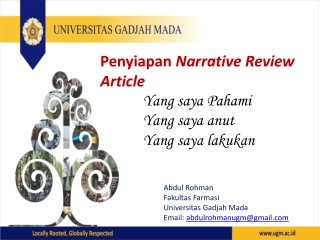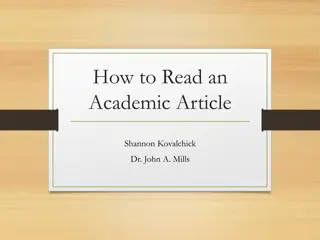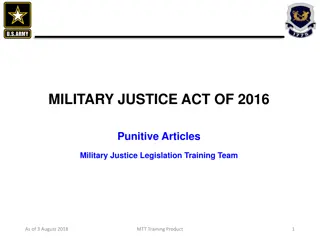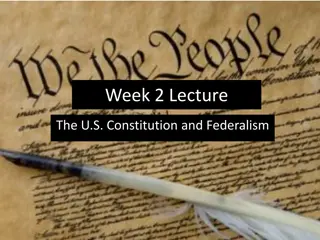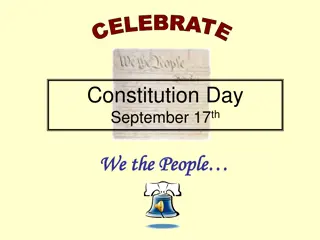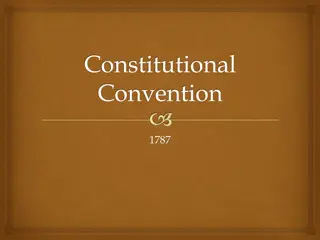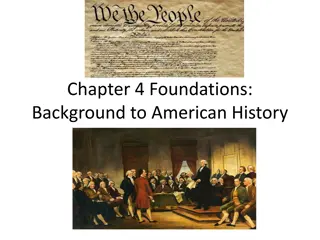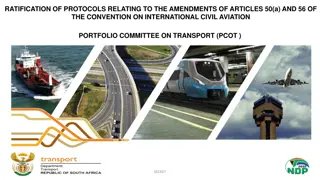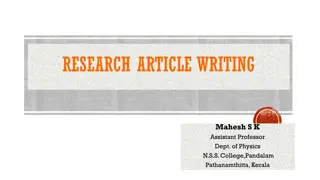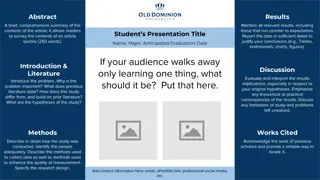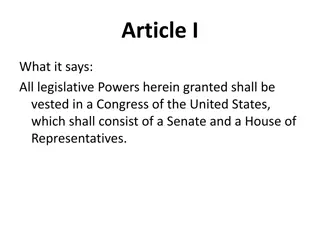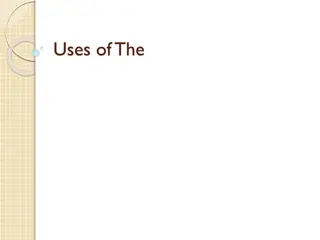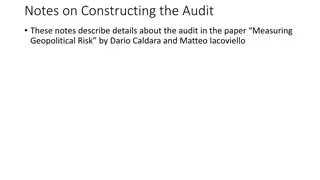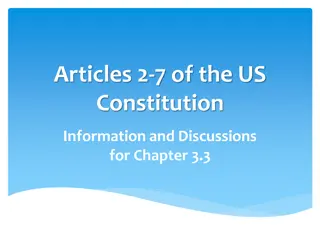Challenges in Crafting the Articles of Confederation
Thirteen states were crafting their own constitutions, while Congress aimed to establish a national government in 1776. Loyalty to states over a nation hindered power transfer to the national government. Land disputes and state refusals delayed the ratification of the Articles of Confederation, leading to a weak central government with limited authority.
Download Presentation

Please find below an Image/Link to download the presentation.
The content on the website is provided AS IS for your information and personal use only. It may not be sold, licensed, or shared on other websites without obtaining consent from the author. Download presentation by click this link. If you encounter any issues during the download, it is possible that the publisher has removed the file from their server.
E N D
Presentation Transcript
Background 13 states were starting to write their own constitutions Congress was drawing up its own blueprint for a national government In 1776, people felt more loyalty to their own states than to a nation The states seemed unwilling to turn power over to the national government
November 15, 1777 Continental Congress completed and passed the Articles Proposed that it go into effect after every state had approved it 1781 All states finally ratify the Articles
However, there were again land disputes based upon colonial charters Claims often overlapped 6 States (Maine, New Hampshire, Pennsylvania, New Jersey, Delaware, and Maryland) without western claims argued it should be public land belonging to the national government
Most states ratified the Articles Maryland - would not ratify it until all lands between the Appalachian Mountains and the Mississippi River became public land Virginia (huge land claims) present-day states of Kentucky, West Virginia, Ohio, Indiana, Illinois, Michigan, and Wisconsin refused to comply Too powerful????
1778 Virginia (the only state to ratify by the deadline 1781 Maryland (the last state) ratify the Articles Articles become the first constitution of the United States Main author John Dickinson Loose alliance of states rather than a strong, central government Writers feared a strong central government why????
Each state had one vote Powers included: Declaring war Raising an army and navy Making treaties Borrowing Money Establishing a postal system Conducting business with Native Americans and other countries
National government was much weaker than the state governments Had no authority over individual citizens and very little control over state governments Could make laws, but the writers provided no measures to carry out those laws (Articles left it to the states to enforce laws passed by Congress) Made no provision for a court system (if the states disagreed, they had no place to resolve their differences)
Every state could send delegates to Congress, but each state (whatever its size) had only one vote Larger states viewed this as unfair Congress held powers to war and peace, however, they didn t have the power to collect taxes ..so .. No requirement of the states to send money Known as a shadow without substance
3 Weaknesses of the Articles of Confederation 2 last two states to ratify the Articles of Confederation 1 Power of the Articles of Confederation
